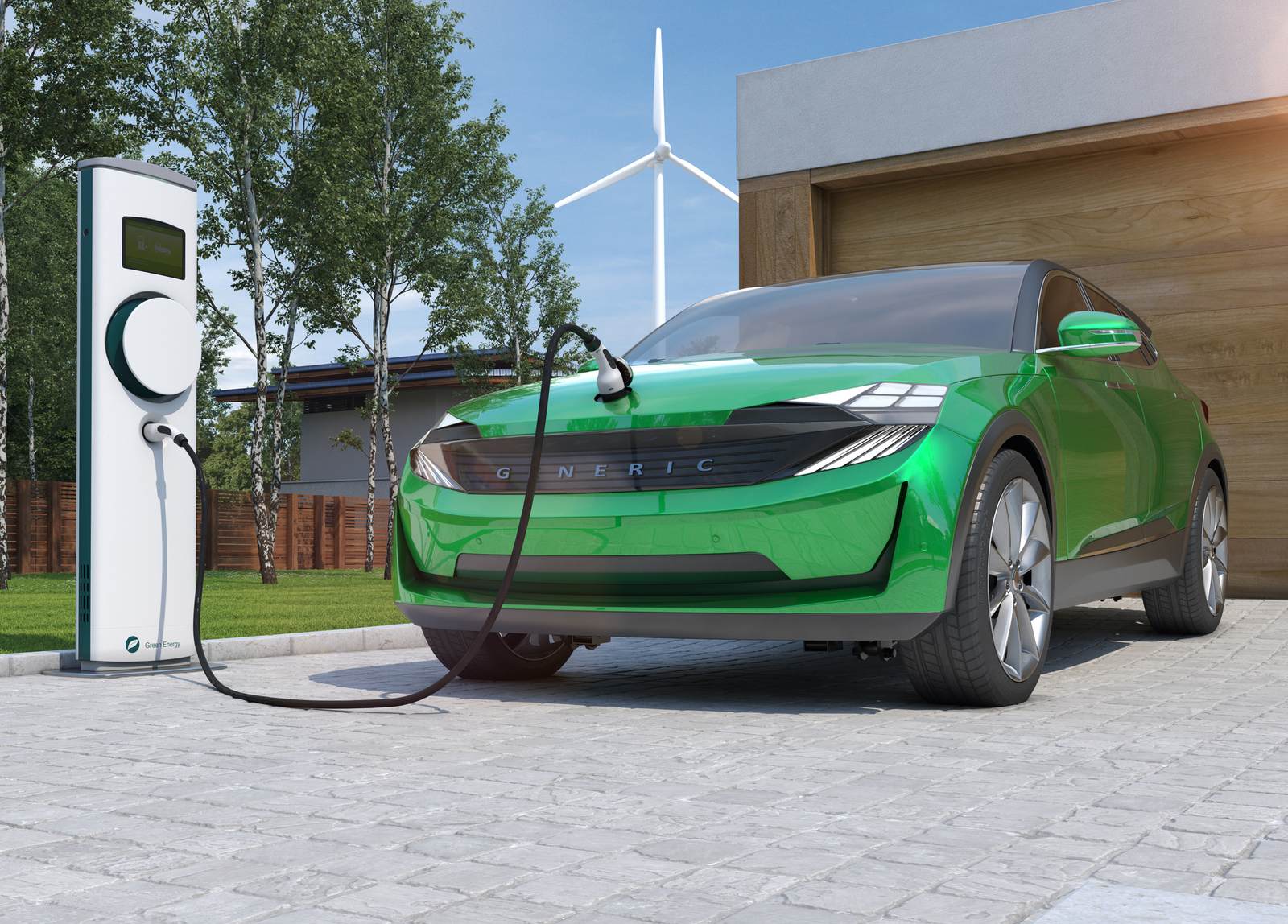
Electric cars promise a cleaner tomorrow—fewer pollutants, quieter roads, and a big leap toward reducing carbon emissions. But although the vision is compelling, the road to complete electrification isn’t quite plain sailing. From battery technology to policy issues, the EV sector is wrestling with a long list of pains in expansion. Here are the top ten biggest challenges holding back the EV movement—and how businesses are overcoming them.

10. Reversing the Narrative on EVs
Even with increasing popularity, many motorists view EVs as impractical or unproven. Some believe they won’t perform in cold climates or worry they’ll be left stranded on long drives. These misconceptions are one of the largest hindrances to mass adoption. The answer? Visibility. When consumers see EVs performing routine driving duties—and even road trips—it begins to change assumptions. Real-life anecdotes of success from owners of EVs, particularly in hostile environments, go a long way toward altering perceptions.

9. Making the Correct Partnerships
No individual company can power the world alone. Battery producers and software companies, utility firms and auto manufacturers, all must work together. Strategic alliances are necessary to create dependable supply chains, increase charging networks, and simplify vehicle manufacturing. Alliances also assist governments in closing infrastructure gaps and establishing smart regulation. Without collaboration, things come to a standstill.

8. Coping with Range Anxiety and Battery Performance
One of the hot topics of concern? Range. Most potential buyers fear they’ll be stranded with no charger in reach. Cold temperatures just make those worries worse, as batteries degrade at low temperatures. But the good news is that newer cars are getting better at both range and dependability. Technology such as heat pumps and trip planners is making drivers feel more at ease. Improved battery warranties and endurance are eliminating long-term concerns.

7. Making Tech Play Nicely Together
Today’s EVs are more than just cars—they’re rolling tech hubs. But when chargers, cars, and apps don’t sync, things can get messy fast. Differences in plug types, charging protocols, and payment systems can leave drivers confused or frustrated. The industry is working on standardization and smoother over-the-air software updates, but it’s a work in progress. A seamless, user-friendly charging experience is the end goal.

6. The High Price of Producing EVs
It doesn’t come cheap to design and make EVs. Trillions are spent on building battery plants, and converting current lines is an enormous outlay. Although battery costs are gradually declining, they still account for a significant portion of the bill. Car manufacturers are devising innovative solutions—pooling R&D costs, streamlining car designs, and converting existing plants—to bring EV prices down without sacrificing quality.

5. Gaining Ground in a Competitive Market
The EV market is full of competition. Legacy automakers, cost-cutting startups, and tech firms are all competing to win minds. With so many choices, brand distinction matters more than ever. Businesses are crafting full ecosystems—apps, customer support, charging incentives—to differentiate. But remaining relevant requires innovation balanced with dependability, and buzz with actual-world outcomes.

4. Obtaining Key Materials
EVs cannot function without batteries, and batteries depend on materials such as lithium, cobalt, and nickel—most of which are in short supply. Extracting them is also environmentally and ethically dubious. To cope with these risks, firms are investing in recycling batteries, looking for alternatives, and creating more transparent supply chains. Some are even testing new chemistries that use more plentiful materials.

3. Making the Transition Easier for Commuter Drivers
Let’s face it—buying an EV is a big shift. From learning about charging times to navigating incentives and finding reliable service, the process can feel overwhelming. Some dealerships aren’t fully trained to explain the details, and financing can still be tricky. Automakers are responding with better educational tools, virtual test drives, EV-specific support teams, and new financing models designed to make EVs feel less intimidating.

2. Scaling Up Charging Networks
Charging is still one of the greatest holdups. While cities are installing chargers rapidly, the suburbs and countryside have huge gaps. Apartment dwellers and renters frequently encounter additional obstacles to at-home charging. Utilities are filling in to enable wiser grid management and more convenient installation, but actual, countrywide coverage continues to be a work in progress. It’s not about having more chargers—it’s about installing them in the right locations.

1. Cutting Through Government Red Tape
Each market has its labyrinth of regulations, incentives, and norms. What gets a tax deduction in one nation—or even state—may not be the case elsewhere. Safety standards, emissions regulations, and approval horizons diverge wildly. For EV manufacturers, compliance is costly and time-consuming. Establishing good relationships with governments and being agile in the face of changing policy is essential to scaling up effectively.

The shift to electric vehicles isn’t simply about swapping engines—it’s an entire reimagination of the way we get around, fuel our lives, and care for our planet. Sure, the EV sector has a long way to go. But with every challenge comes the potential to innovate, collaborate, and push towards a cleaner, more sustainable tomorrow.














